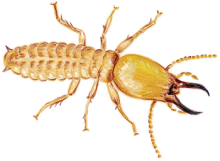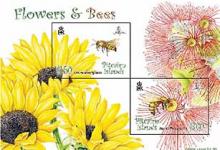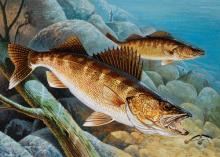Pestizid-Cocktail belastet Schweizer Gewässer
- Read more about Pestizid-Cocktail belastet Schweizer Gewässer
- Log in to post comments
Schweizer Gewässer sind mit einem Cocktail von Pestiziden belastet. Manche dieser Substanzen wie Insekten- und Pilzgifte würden bei den Überwachungsprogrammen zu wenig beachtet, urteilen nun Forschende in einer in der Fachzeitschrift «Aqua Gas» veröffentlichten Studie. Der Grund ist laut den Wissenschaftlern der Wasserforschungsanstalt Eawag, dass Insektizide und Fungizide in Gewässern meist in geringeren Konzentrationen vorliegen als Unkrautvernichter (Herbizide). Dadurch waren sie bislang schwerer nachzuweisen. Doch seien gerade Insektizide sehr toxisch und vermutlich der Grund, warum es in Flüssen oft keine Insekten mehr gibt. Das Projekt «Nawa Spez» hatte bereits letztes Jahr zu Tage gefördert, dass Schweizer Flüsse mit zahlreichen Pflanzenschutzmitteln verunreinigt sind. Dafür waren fünf typische Schweizer Bäche auf Pestizide untersucht worden. Im aktuellen Artikel setzt sich das Team um Juliane Hollender nun detaillierter mit den Insekten- und Pilzgiften auseinander und bezieht alle wichtigen Insektizidgruppen ein, wie die Umweltchemikerin erklärte.









